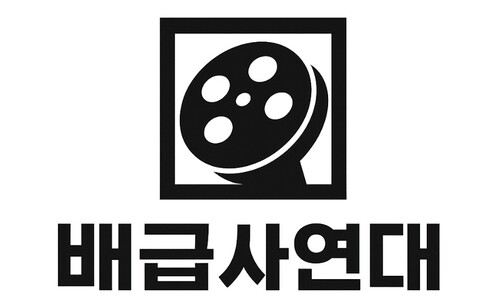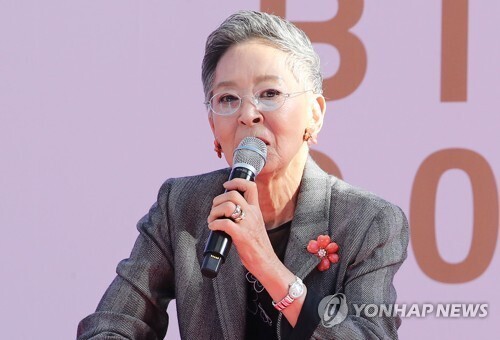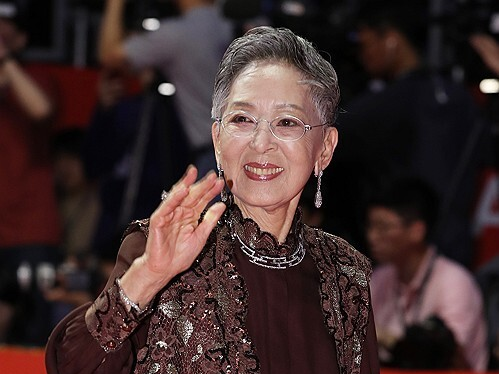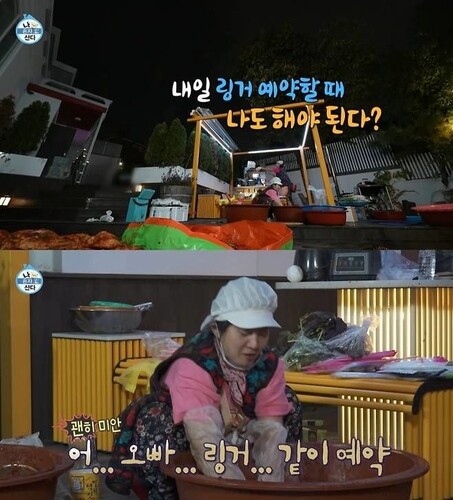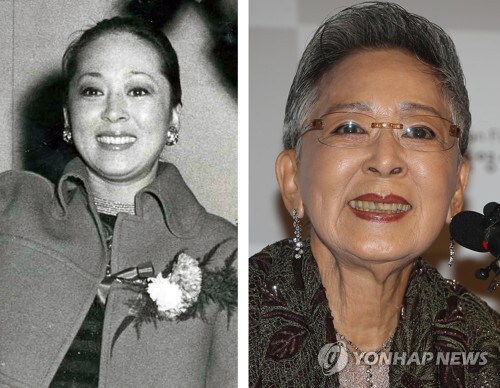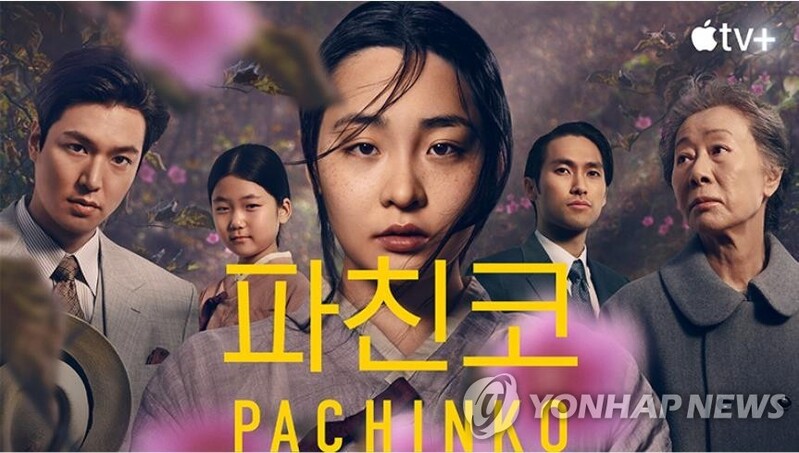 |
| ▲ This photo, provided by Apple TV +, shows poster of 'Pachinko'. (PHOTO NOT FOR SALE) (Yonhap) |
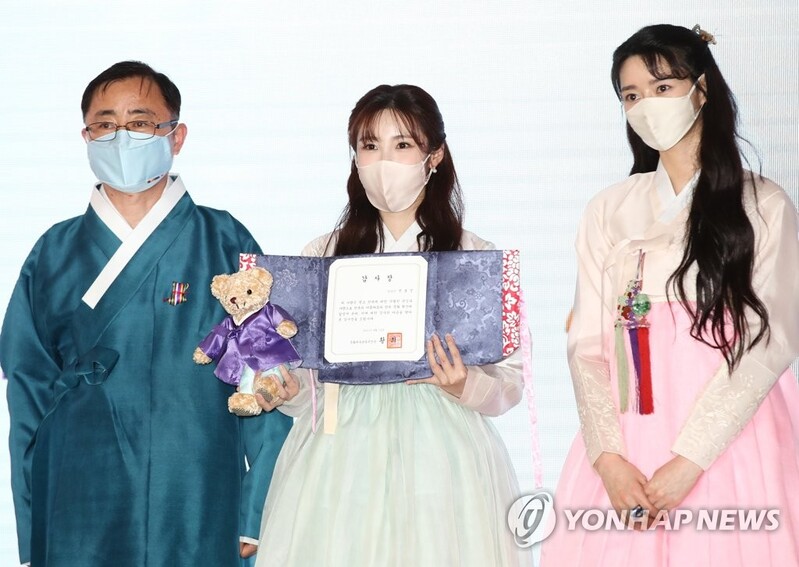 |
| ▲ In this file photo, Oh Yeong-woo, a Vice Minister of Culture, Sports and Tourism, is taking a commemorative photo after awarding a letter of appreciation to singer Jun Hyo-seong at "2021 Spring Hanbok Culture Week", held at Dongdaemun Design Plaza in Jung-gu, Seoul on the 12th. On the right side shows Korean actress Kwon Na-ra, hanbok ambassador. |
SEOUL, Apr. 10 (Yonhap) -- On the 9th (ETS), The New York Times (NYT), an influential U.S. daily paper, highlights hanbok through Apple TV + original series "Pachinko," which depicts lives of four Korean families in Japan.
In featured article titled 'One Garment’s Journey Through History', scheduled to be published on the 10th, NTY mentions that "The evolution of the Korean hanbok is a lens into the history of the country."
The newspaper diagnoses that hanbok "has reflected variations and styles over its more than 2,000-year history", explaining that hanbok "is as beautiful as it is functional."
In addition, NYT comments that broadcast of 'Pachinko' is "a watershed moment" in American television entertainment, recalling that although hanbok has a characteristic of formal dress worn during holidays and special events, it was a daily dress for everyone before Western clothes were introduced in Korea.
This means that 'Pachinko' which thoroughly presents lives and humane details of Koreans in the early 20th century, shows how hanbok has changed with history.
In the play, Sunja, a protagonist born in a poor family in Busan during the Japanese colonial era, wears hanbok woven with cotton while she is cooking and doing chores, which is the result of expert advice.
Korean American executive producer Soo Hugh explains to NTY that "we wanted to capture that detail as a storytelling tool for our characters, and their economic conditions as well."
Costume designer Kyunghwa Chae mentions that "I wanted to capture that contrast of Sunja’s hanbok changing into a completely different style, bit by bit", adding that "you notice her hanbok gradually changing, piece by piece, until she has adopted Japanese or Western-type clothing."
NYT points out that recently, thanks to the popularity of Korean Wave including K-pop, foreigners become increasingly interested in hanbok.
The article also says that there has been an increase of variety of customers in a famous hanbok store in Los Angeles (LA), who are curious about Korean culture as well as Korean descent. The popularity of K-pop stars wearing modernized hanboks seems to have raised the interest.
Producer Hugh, who grew up as one of the few Korean children in a town in Maryland, says that she felt 'otherness' whenever there was an event about multi-culture during school days, but now, "when you read and learn about the history of our clothes, putting on a hanbok feels empowering, and also something that needs to be protected a little bit."
With recent increase in hate crimes targeting Asians in the U.S., some Koreans embrace hanbok as a symbol of cultural pride, standing against racial hatred, according to NYT.
The article also notices that women have historically made hanbok, and it is also women entrepreneurs who most lead today’s hanbok industry.
(This article is translated from Korean to English by Kim Jimin.)
(END)
(C) Yonhap News Agency. All Rights Reserved







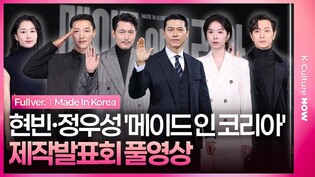
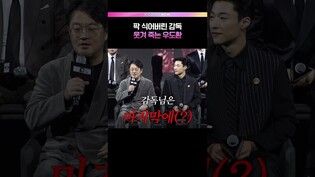
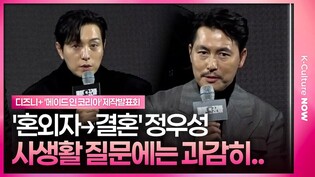
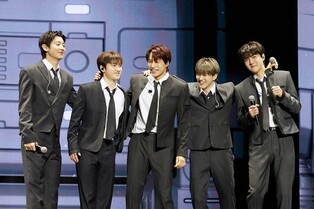
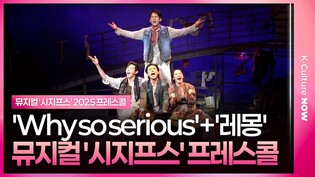
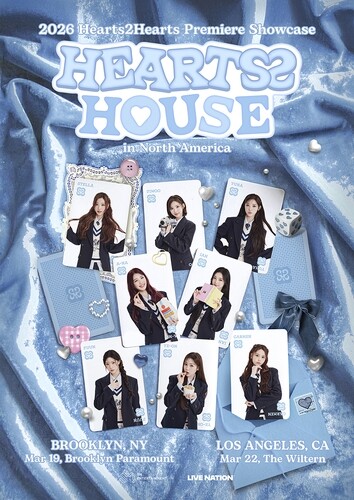
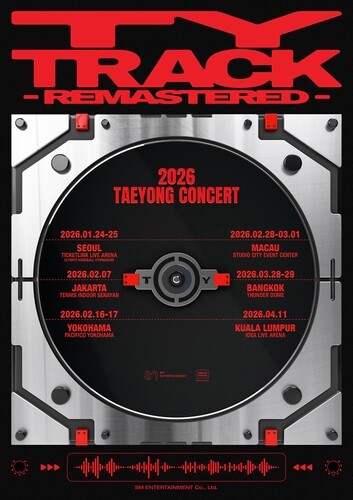

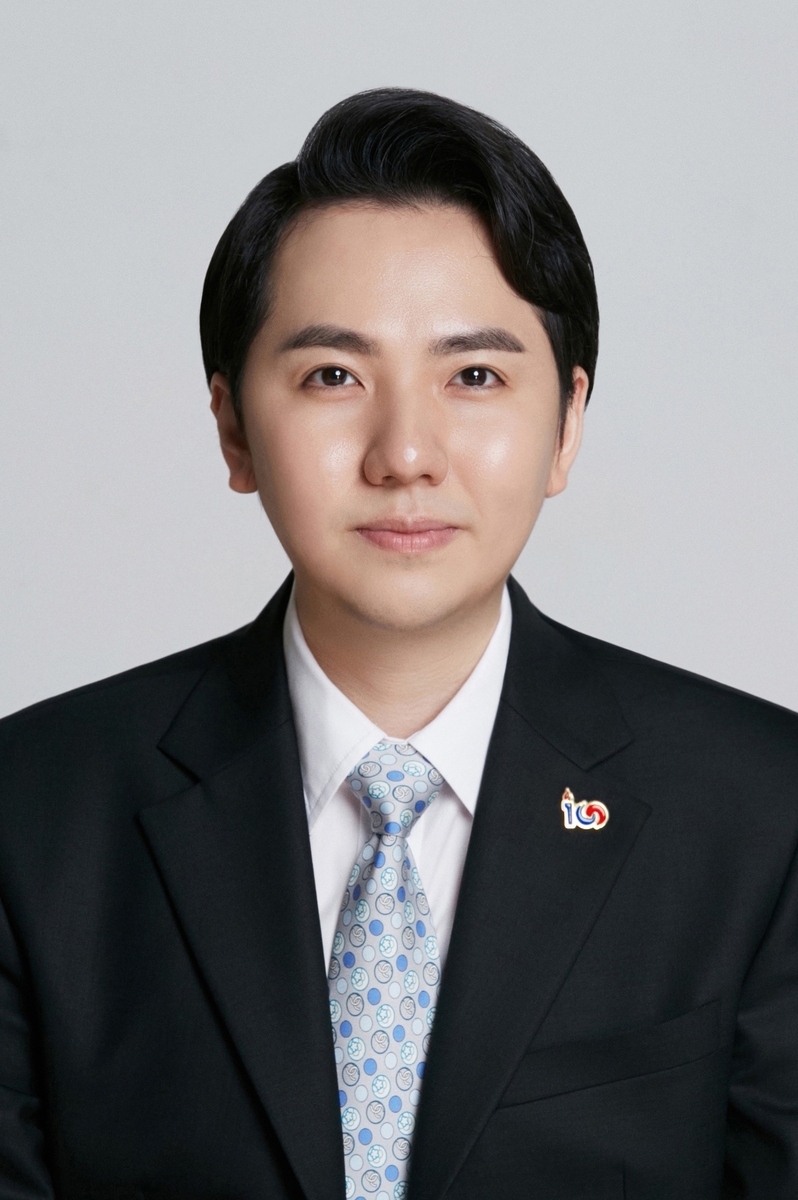
![[가요소식] 하츠투하츠 내년 3월 북미 쇼케이스 개최](https://korean-vibe.com/news/data/20251216/yna1065624915956235_448.jpg)
![[가요소식] 군 복무 마친 NCT 태용, 내달 단독 콘서트](https://korean-vibe.com/news/data/20251216/yna1065624915956223_957.jpg)
